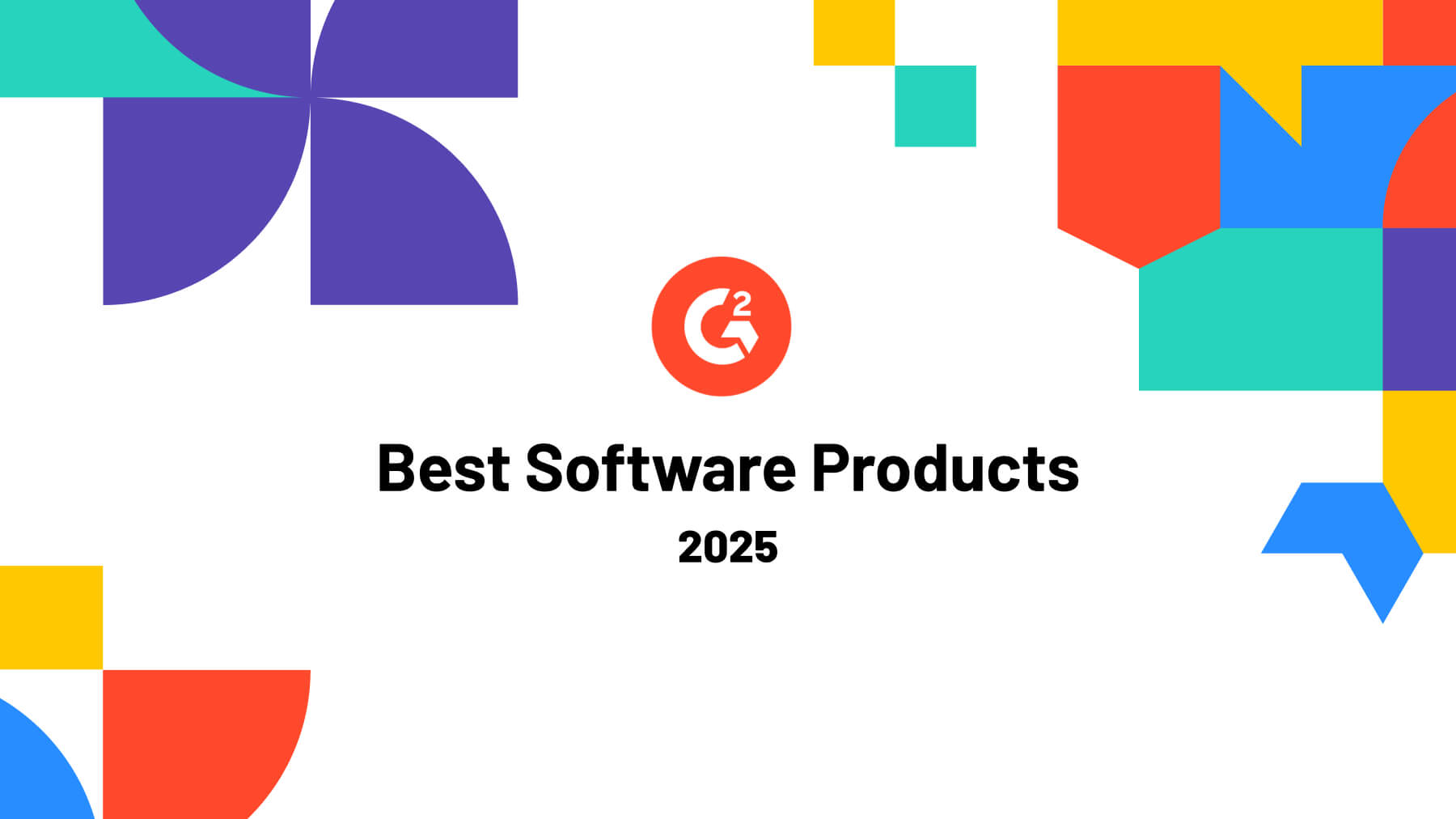In today’s world, sustainability is not just a buzzword; it’s a necessity. Organizations across the globe are increasingly recognizing the importance of monitoring, reducing, and ultimately achieving their sustainability goals. Advanced visibility plays a crucial role in this process, providing the insights needed to make informed decisions and drive meaningful change. This blog will explore the challenges of measuring sustainability, the different types of emissions, and why prioritizing sustainability is essential for organizations.
The challenges of measuring sustainability
Measuring sustainability is a complex task. One of the primary difficulties lies in the sheer scope and variety of data required. Sustainability encompasses a wide range of factors, including energy consumption, waste management, water usage, and greenhouse gas emissions. Collecting accurate data for all these elements can be daunting, especially for large organizations with multiple locations and diverse operations.
Then there’s the challenge of standardization. Different industries and countries often have varying definitions and metrics for sustainability. This lack of uniformity can make it difficult to compare data and measure progress accurately. And many organizations lack the necessary tools and expertise to track and analyze sustainability data effectively, leading to incomplete or inaccurate reporting.
First and foremost: understanding emissions
A critical aspect of sustainability is being able to understand, differentiate, and manage emissions. Take a look at our blog, Understanding Scope 1, 2, and 3 Emissions: The Corporate Responsibility of Managing Supply Chain Impact, where we dive into the different types, what causes each, and how organizations can measure them.
Most of a company’s emissions are supply chain related, and the International Transport Forum Outlook estimates that transportation freight emissions will more than double by 2050, meaning enterprise leaders must act now to not only minimize emissions, but also accurately report on them to align with regulations.
When thinking about corporate measurement, Scope 1 emissions are often easier to measure as they result from activities directly controlled by the organization. However, they still require robust tracking systems to ensure all sources are accounted for. Scope 2 emissions, on the other hand, can be more challenging to quantify accurately due to the reliance on external energy suppliers and variations in energy production methods. Scope 3 is the most difficult to measure because they come from assets you don’t control (e.g. freight transport, business travel, emissions from suppliers’ manufacturing processes).
Why organizations must prioritize sustainability
Prioritizing sustainability is not just about regulatory compliance or corporate social responsibility; it has tangible benefits for organizations. Here are 5 reasons why sustainability should be at the forefront of your business strategy:
- Investors: 85% of investors consider ESG factors in their investment decisions and 91% of banks monitor EsG performance of their investments (Gartner)
- Consumers: 80% consider sustainability when making purchasing decisions and 70% say they would change shopping habits if they discovered a store or brand wasn’t operating sustainably (Capgemini)
- Regulatory Demands: The US and Europe have strong and strict reporting requirements for scope 3 emissions, such as the Corporate Sustainability Reporting Directive (CSRD), Corporate Sustainability Due Diligence Directive (CSDDD), and Climate Corporate Data Accountability Act (California SB 253)
- Talent Attraction: Nearly half (49%) of Gen Z and 44% of millennials said they have made career choices based on their personal ethics (Deloitte) and 51% of US business students would take a pay cut if the company promises environmental responsibility
- Profit and Productivity: Carbon taxes are rising and pricing policies are expanding, meaning organizational sustainability will reduce costs, improve operating profits up to 60% (McKinsey & Company), and lead to improved culture and productivity (Deloitte)
The role of advanced visibility monitoring and meeting sustainability goals
Advanced visibility refers to the use of sophisticated tools and technologies to gain comprehensive insights into various aspects of an organization’s operations. In the context of sustainability, advanced visibility can provide several benefits:
- Data Integration
- Real-Time Monitoring
- Predictive Analytics
- Compliance and Reporting
Diving deeper, organizations can achieve sustainability with advanced analytics to help:
- Reduce deadhead miles – Real-time data can minimize empty truck miles and improve efficiency by optimizing routes, improving load planning, identifying opportunities for load consolidation and improving routing to reduce empty miles
- Cut waste and eliminate paper processes – By transitioning to digital systems, it eliminates the need for paper yard management processes and reduces overall waste
- Minimize dwell time at facilities – Automation in the yard enhances operational agility by actively managing dwell time, optimizing task creation and leveraging real-time yard inventory monitoring
- Limit air expedites – Advanced reporting uncovers tactics to minimize and limit the need for expedited air shipments, thus, identifying alternate transportation options and reducing emissions
- Improve confidence in rail – Gain insights into the potential and efficacy of rail as a cleaner transportation alternative
- Measure scope 3 emissions – Being able to measure emissions that come from assets your organization doesn’t directly control helps improve your ability to report on holistic emissions and identify improvement areas
Advanced visibility is a powerful enabler of sustainability in organizations. By providing the tools and insights needed to monitor and reduce emissions, integrate data, and ensure compliance, advanced visibility helps organizations achieve their sustainability goals. In doing so, they not only contribute to a healthier planet but also realize significant business benefits. As the world moves towards a more sustainable future, organizations that prioritize and invest in sustainability will be best positioned for long-term success.
Book a demo today to learn how project44’s advanced visibility tools can help you monitor and improve your brand’s sustainability goals.



